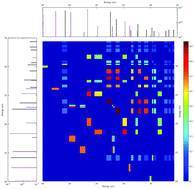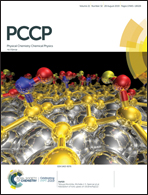Onset of ionic coherence and ultrafast charge dynamics in attosecond molecular ionisation
Abstract
Here is presented a fully ab initio theoretical framework for simulating the correlated many-electron dynamics occurring during and emerging from molecular ionisation by attosecond laser pulses. This is based on the time-dependent (TD) version of the B-spline restricted correlation space (RCS)-algebraic diagrammatic construction (ADC) method, with the full description of the photoelectron and inclusion of electron correlation effects, such as shakeup processes and inter-channel couplings. The nature of the ultrafast charge dynamics in the molecular ion is elucidated by quantitatively predicting the degree of electronic coherence and eigenstate content of the prepared molecular cationic state, beyond the commonly used sudden approximation. The results presented here for the acetylene and ethylene molecules show that even in the high photon energy regime the simulated hole dynamics is quantitatively different from the prediction of the sudden approximation. Moreover, for high-bandwidth ionising pulse, the residual interaction between the cation, in highly-excited shake-up states, and the emitted slow photoelectron gives rise to a loss of coherence in the ionic system which can persist for the first few femtoseconds after ionisation.

- This article is part of the themed collection: 2019 PCCP HOT Articles


 Please wait while we load your content...
Please wait while we load your content...